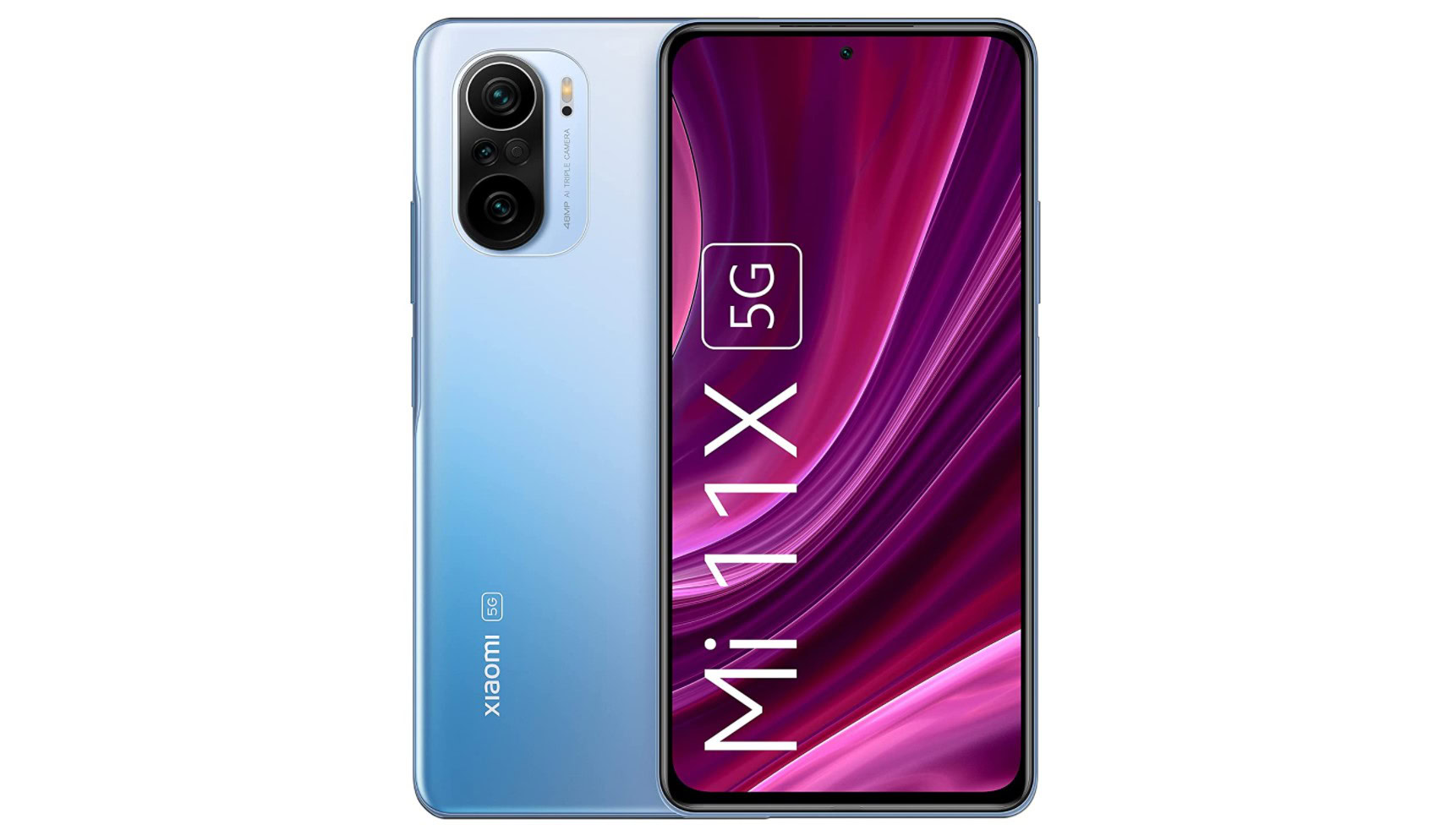Affiliate links on Android Authority may earn us a commission. Learn more.
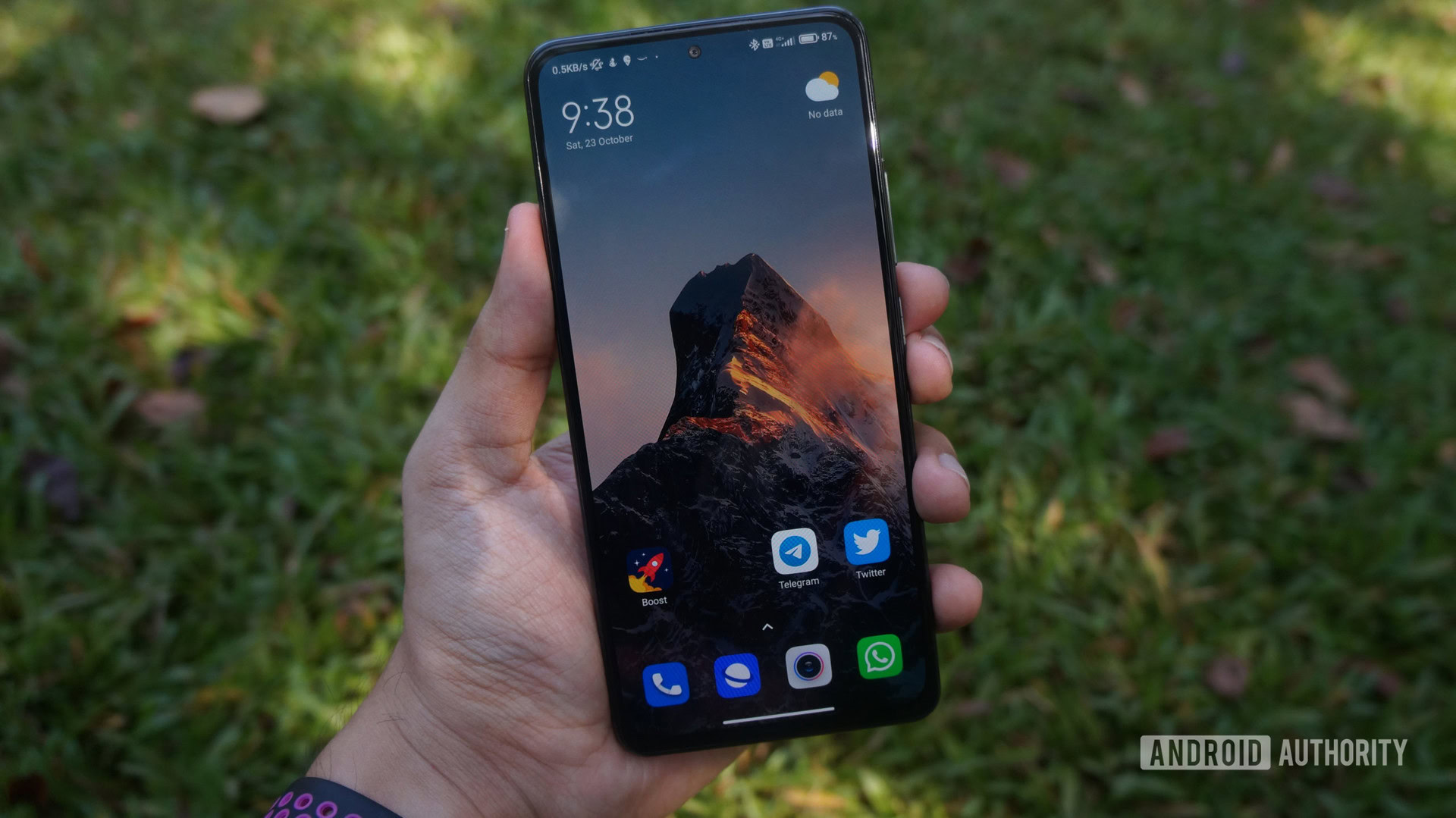
Xiaomi Mi 11X
What we like
What we don't like
Xiaomi Mi 11X
Xiaomi has a long and storied tradition of packing high-end specifications in an affordable package. The Mi 11X is no exception. In terms of raw performance, it manages to outperform most other premium mid-range offerings in its price range. However, the average set of cameras and a handful of software oddities do take away from the experience a bit. In this Android Authority Xiaomi Mi 11X review, let’s see if those compromises are worth what the phone has to offer elsewhere.
What you need to know about the Xiaomi Mi 11X
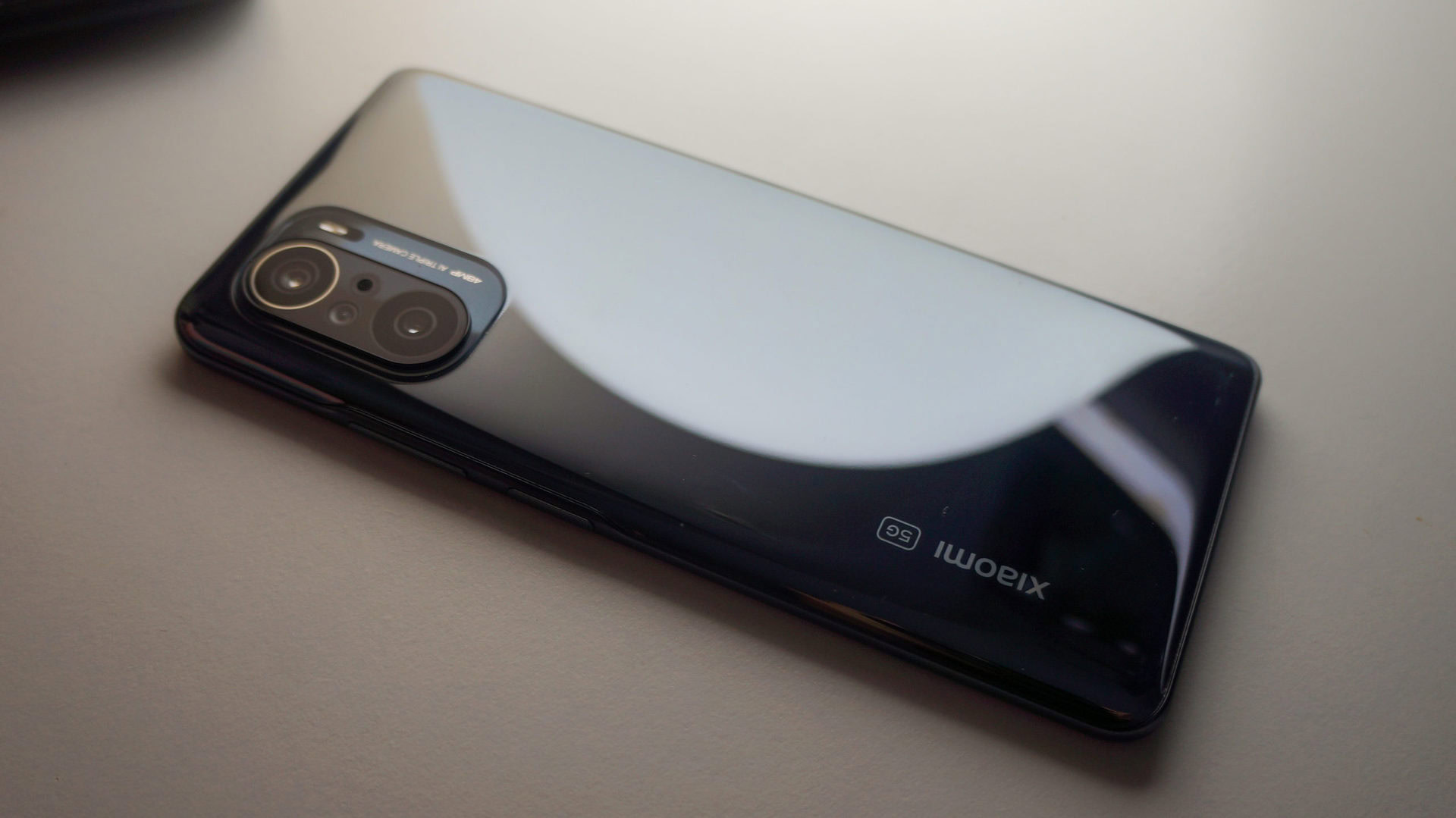
- Xiaomi Mi 11X (6GB/128GB): Rs. 29,999 (~$400)
- Xiaomi Mi 11X (8GB/128GB): Rs. 31,999 (~$425)
The Mi 11X isn’t our first brush with this set of hardware — it’s essentially a rebranded version of the POCO F3 and Redmi K40 for the Indian market. The POCO F3 and Redmi K40 are instead sold in Europe and China, respectively.
Xiaomi has opted to bring the exact same hardware under the Mi 11 umbrella in India. There are a couple of spec differences, though. Most notably, the Mi 11X loses support for NFC and most 5G bands. This is a common cost-saving tactic for Xiaomi in the Indian market, but many competitors in this price range are starting to offer those features. That said, 5G and NFC adoption is limited in this region.
In India, the Mi 11X is perhaps best described as a spiritual successor to the Mi 10T, which offered a similar value proposition. Both product lines target performance-seeking buyers, but strike slightly different compromises to reach their aggressive price points.
See also: Everything you need to know about Xiaomi’s Mi 11 series
While the Xiaomi 11T does exist in other markets, it hasn’t made its way to India. Looking at the company’s current portfolio then, the Mi 11X is flanked by the lifestyle-focused Xiaomi 11 Lite NE and the flagship SoC-toting 11X Pro. From a broader viewpoint, it competes in a rather crowded segment, going up against the likes of the realme GT Neo 2 and OnePlus Nord 2.
For this review, we tested the Mi 11X in Cosmic Black. It is a highly reflective mirror finish that attracts fingerprints the moment you pick up the device. The two other colorways are much more understated, with a matte finish instead. The rest of the device is your typical glass sandwich construction surrounded by a plastic frame that looks like metal at a glance.
Both the front and back of the device are protected by Gorilla Glass 5 and it also gets an IP53 rating. While that’s an admittedly low ingress rating, it’s a welcome inclusion nevertheless. Many other phones in this price range tend to skip the certification altogether.
In terms of RAM and storage, the Mi 11X is offered in two configurations: 6GB/128GB and 8GB/128GB. There’s no 256GB option, though, and the device doesn’t house a microSD slot either. Other than that, the phone is available in three colors: Celestial Silver, Lunar White, and Cosmic Black.
The Mi 11X first debuted in April 2021 and is available in India through Amazon and mi.com.
What’s good?
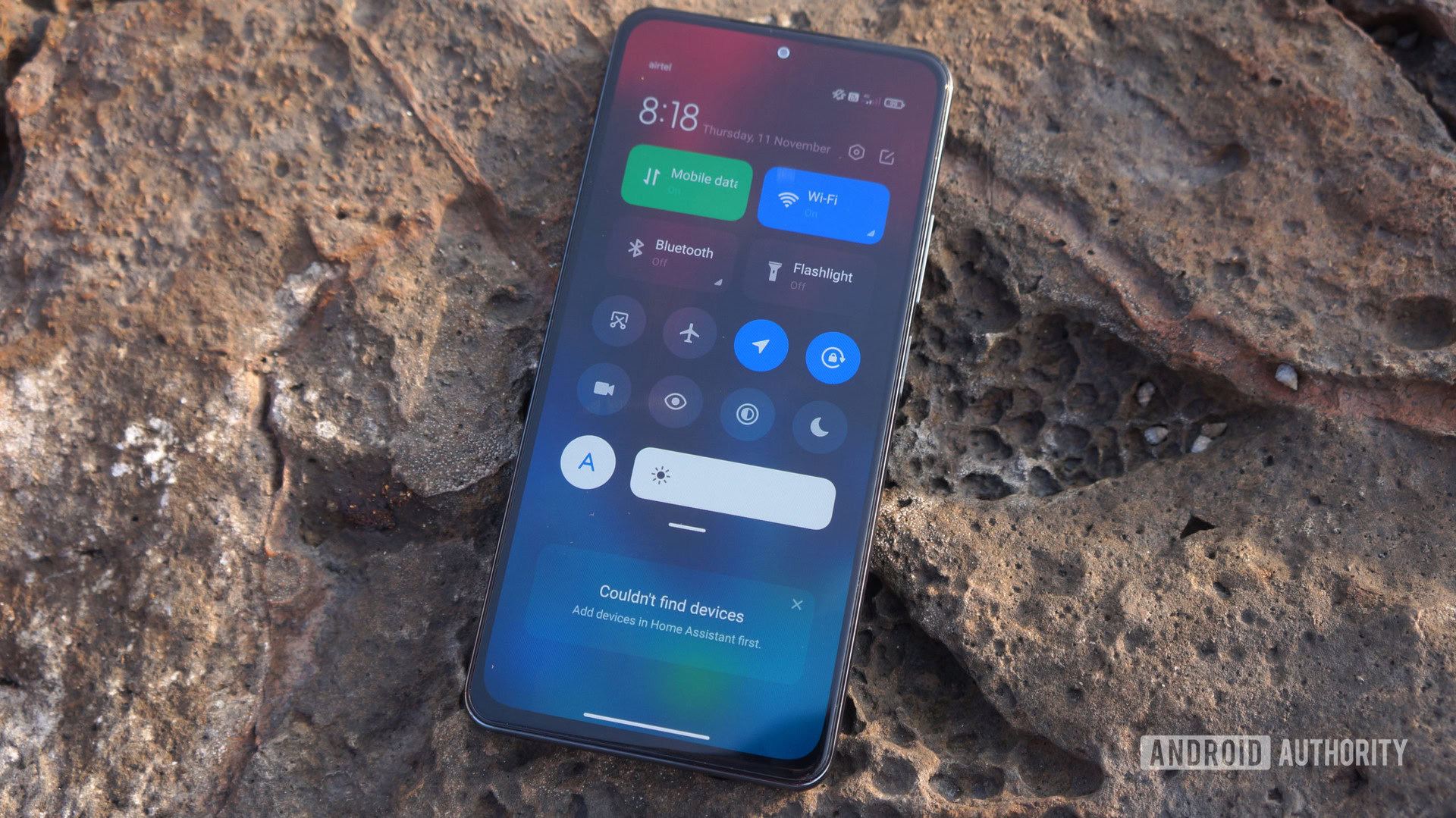
Xiaomi’s marketing for the Mi 11X leans heavily on the phone’s display and performance credentials, and for good reason.
The phone features a large 6.67-inch FHD+ AMOLED display that produces rich and pleasing colors. The default Vivid color profile setting does not seem excessively saturated and is plenty usable as-is. Still, you can fine-tune aspects like the color temperature and dial in a specific mix of red, green, and blue hues if you so desire. HDR videos look great as well, thanks to the panel’s coverage of the DCI-P3 color gamut.
The display also gets decently bright — I had no trouble reading text under direct sunlight. As for the refresh rate, while you get to pick between 60Hz and 120Hz, the latter is dynamically adjusted depending on the content displayed on-screen.
Opening video-focused apps like YouTube and Netflix, for example, results in a drop to 60Hz, regardless of the refresh rate setting. This is likely a battery-saving measure on Xiaomi’s part, since you don’t need the display to refresh at 120Hz for video playback. However, it does also make interaction and scrolling feel noticeably less fluid than other apps. A more elegant implementation would be to only ramp down the refresh rate when a video is playing. That nitpick aside, the display performs well and makes the phone look a bit more premium than its price tag would suggest.
The Mi 11X is blazing fast, thanks to the Snapdragon 870 and 120Hz display on board.
The Mi 11X’s 120Hz refresh rate is also well complemented by its outstanding performance. It’s among only a handful of smartphones under Rs. 30,000 to feature Qualcomm’s Snapdragon 870 SoC. Other premium mid-range smartphones in this range tend to opt for MediaTek’s flagship Dimensity 1200 chip instead. The two SoCs perform equally well in CPU-focused workloads. However, the Snapdragon 870 ekes out a slight lead in terms of graphics horsepower. Still, it’s likely not a distinction most people will notice.
Unsurprisingly, the phone didn’t falter or stutter once during my testing. Apps started up quickly and heavy split-screen multitasking worked without hesitation as well. I also tried two demanding games — Dead Cells and Grid Autosport — and didn’t notice any dropped frames. The side-mounted fingerprint reader is fast and accurate as well. Overall, the Mi 11X rarely leaves you waiting.
See also: The best phone charging accessories
In light to medium usage scenarios, the phone sipped power, lasting a full day and then some. Don’t expect enough headroom to go two days without a top-up if you’re a power user, however. Luckily, charging times are quick with Xiaomi’s bundled 33W brick. Going from empty to full took just over an hour.
Finally, the Mi 11X’s speakers are worthy of some praise. While the amplified earpiece lacks any semblance of bass, it provides a decent volume boost and stereo separation effect. Coupled with the display and strong graphics performance, you get a great experience for gaming and watching movies.
What’s not so good?
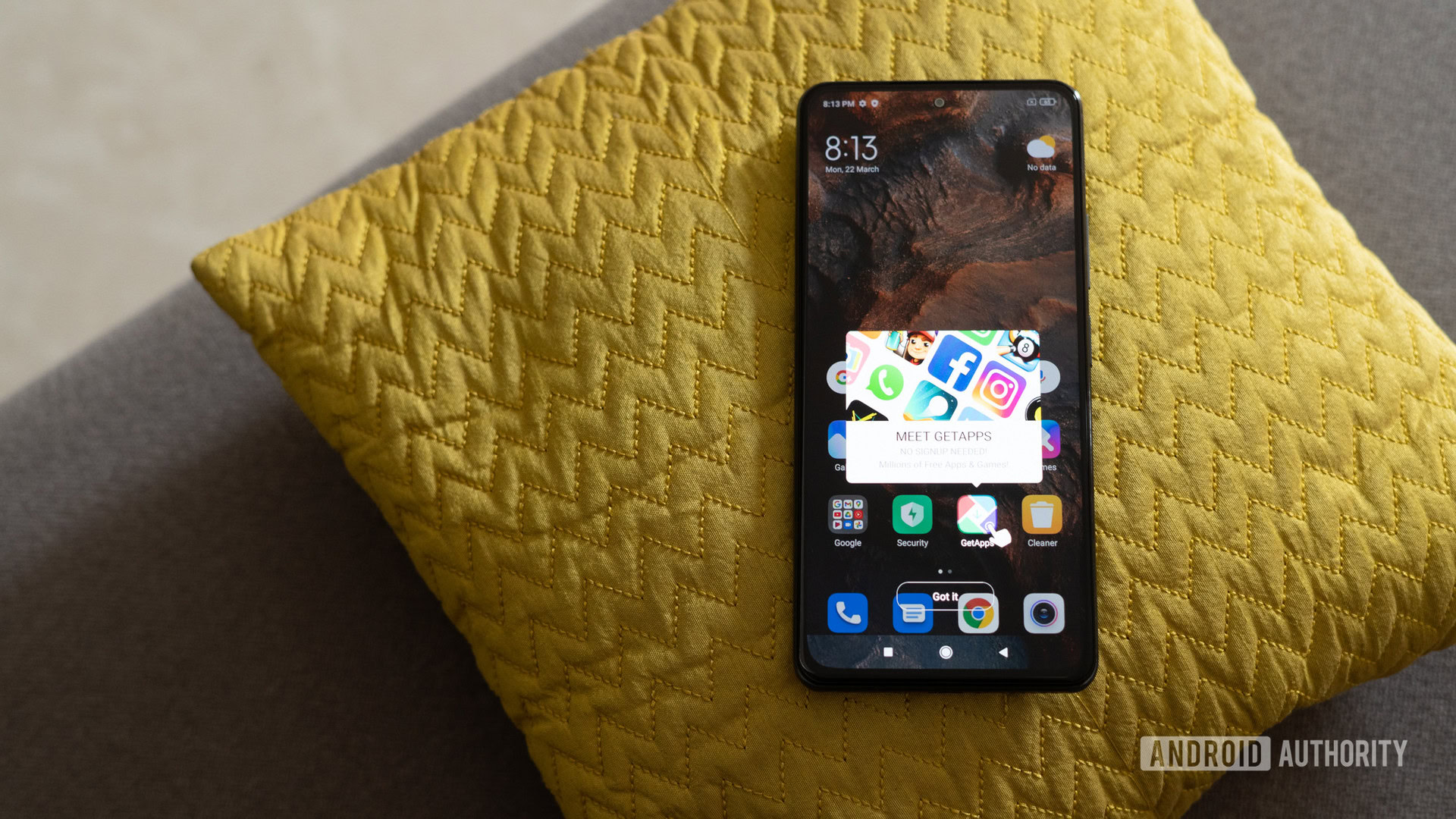
The Mi 11X’s standout performance does cost you a bit, particularly in the thermal department. Within just 10 minutes of gaming, the top half of the phone got noticeably warm. The battery nose-dived too, dropping roughly four to five percent in that time. Xiaomi appears to prioritize peak performance over efficiency here, for better or worse. So if thermal and battery characteristics are important to you, the gaming-focused POCO F3 GT might be a better fit instead in this price bracket.
Xiaomi’s operating system also continues to be a bit of a mixed bag. MIUI 12.5 finally lets you uninstall pre-installed apps. However, there are still a few exceptions, namely GetApps, Mi Pay, and the infamous MIUI “Security” app. The latter often prompts you to free up storage space, clear apps from memory, and scan apps from the Play Store for potential viruses. It’s all a bit much, and frankly, of questionable importance.
The other apps don’t just sit in the app drawer. Rather, they go a bit overboard to keep you within the MIUI ecosystem. Clicking on a Play Store link, for example, surfaces a “recommendation” for Xiaomi’s app store instead. In another instance, a blatant promotion for Mi Pay made itself comfortable in the default calendar app. Needless to say, this isn’t the best user experience. Most of the competition delivers ad-free UIs and so should Xiaomi.
On the subject of odd software behavior, HD and HDR playback in Netflix didn’t work out of the box. I had to delve deep into the phone’s settings, download a new Widevine DRM certificate, and reinstall the app for everything to start working again. A quick search revealed that this isn’t an isolated issue — numerous other Xiaomi customers have reported similar DRM inconsistencies recently as well. While the fix is quick, it’s a workaround that shouldn’t be required in the first place.
The Mi 11X has some egregious software quirks that cheapen the overall user experience.
The Mi 11X has received a few software updates already, including the aforementioned bump to MIUI 12.5. However, Xiaomi hasn’t offered a firm update commitment. Based on past trends, we can assume the phone will get two Android version updates and three total years of security updates. The company did recently promise four years of security updates for the new Xiaomi 11T series, but the 11X will likely not get the same treatment.
Software aside, the cameras don’t particularly stand out either. The primary 48MP shooter is the best of the three sensors available on the Mi 11X. Even then, you’ll only get good results out of it in well-lit environments. There’s quite a bit of post-processing involved too — clearly visible in the excessive sharpening once you zoom in. Night mode becomes essential on this phone once the sun goes down. It improves image quality by a significant amount, but the long shutter time requires patience and a steady hand.
See also: The best camera phones you can get
The 8MP ultra-wide and 5MP macro lens were significantly harder to get good results from. In the case of the ultra-wide, you lose a lot of detail towards the extremes of the image — negating most benefits you’d expect from the wider perspective. There’s also a very noticeable shift in color tones between the wide and ultra-wide cameras — to the point where back-to-back evening shots looked like they were captured hours apart.
The front-facing 20MP camera, on the other hand, offers surprisingly good color reproduction and dynamic range, at least when the auto HDR kicks in. That said, portrait mode is rather hit-or-miss, with the processing algorithm sometimes leaving behind very noticeable and distracting artifacts around the subject’s head.
Videos captured from the Mi 11X’s primary camera at both, 4K and 1080p resolutions, come out looking rather decent. Some colors are a bit on the saturated side, but the overall presentation doesn’t come off as unnatural. On the plus side, you get excellent stabilization and only minimal judder while panning. There’s also virtually no focus delay or hunting issues that are often prominent in similarly-priced smartphones. As you’d expect, though, video quality degrades precipitously in dimly-lit scenarios, with abundant noise on display.
All in all, the cameras on the Mi 11X can deliver passable results under the right circumstances and if you’re patient.
Xiaomi Mi 11X camera samples
Xiaomi Mi 11X specs
| Mi 11X | |
|---|---|
Display | 6.67-inch AMOLED FHD+ (2,400 x 1,080) 120Hz refresh rate 360Hz touch sampling rate HDR10+ Gorilla Glass 5 |
Processor | Qualcomm Snapdragon 870 |
GPU | Adreno 650 |
RAM | Min: 6GB LPDDR5 Max: 8GB LPDDR5 |
Storage | 128GB UFS 3.1 No microSD card support |
Power | 4,520mAh battery 33W fast wired charging In-box 33W charger No wireless charging |
Cameras | Rear: 1) 48MP main 1/2-inch sensor, 1.6μm, ƒ/1.79 Auto-focus 2) 8MP ultra-wide 119-degree FoV, ƒ/2.2 3) 5MP "telemacro" Auto-focus (3cm - 7cm), ƒ/2.4 Front: 1) 20MP, ƒ/2.45 |
Audio | Dual speakers Dolby Atmos No headphone jack |
Connectivity | USB-C Dual-SIM Wi-Fi 6 Bluetooth 5.1 IR blaster |
Bands | 2G: GSM: 850, 900, 1,800, 1,900MHz 3G: WCDMA: 1,2,5,8 4G: LTE FDD: 1,3,5,7,8 4G: LTE TDD: 40/41 5G: n77/n78 |
Security | Side-mounted fingerprint sensor Face unlock (insecure) IP53 rating |
Software | Android 11 MIUI 12 |
Dimensions and weight | 163.7 x 76.4 x 7.8mm 196g |
Colors | Lunar White, Cosmic Black, Celestial Silver |
Xiaomi Mi 11X review: Should I buy it?
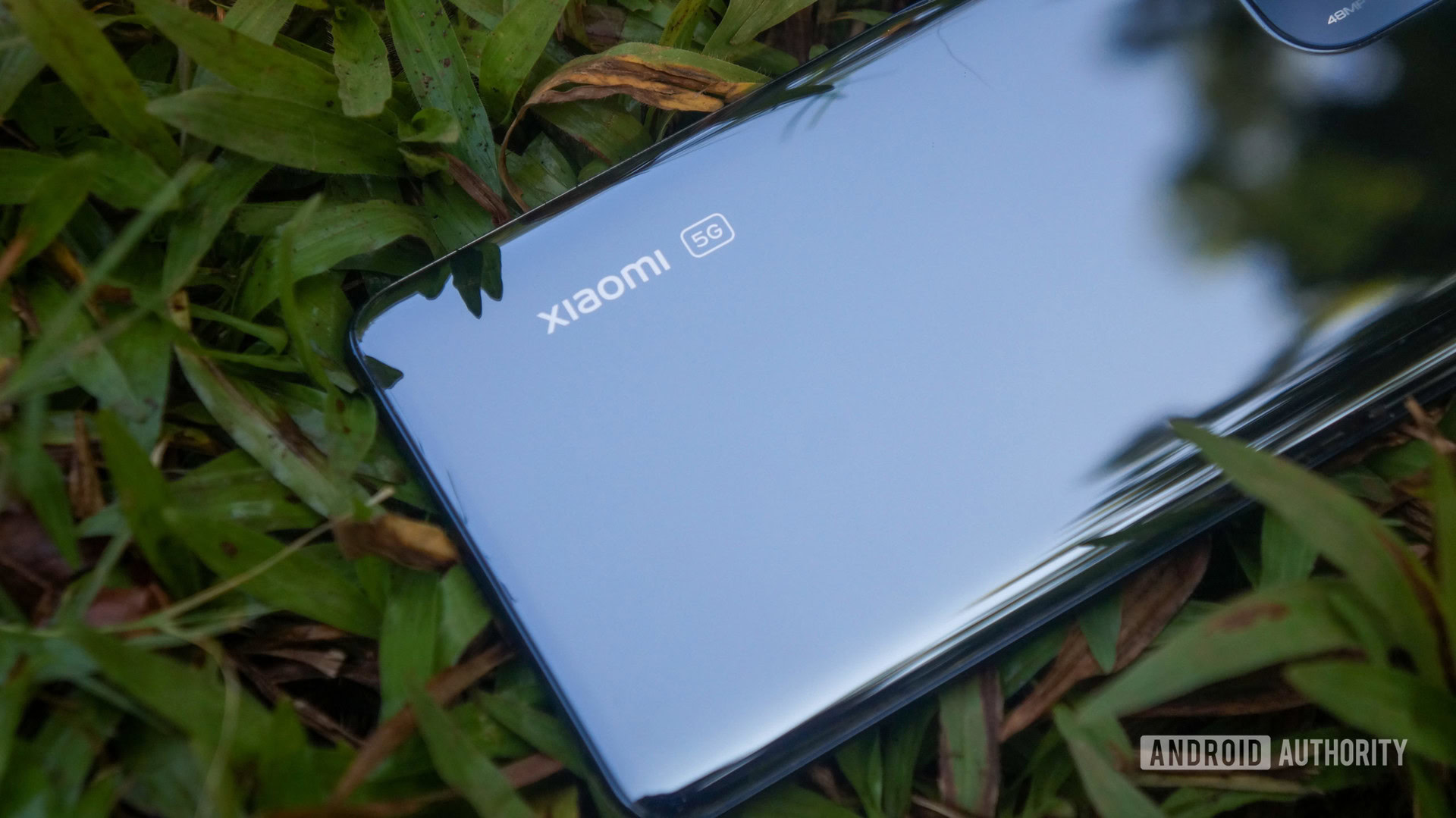
The Mi 11X retails for Rs. 29,999, a price that’s respectable for the feature set on offer. Even better, Xiaomi’s aggressive promotions often lower its price to below Rs. 25,000 where it enjoys little competition. Other performance-oriented options in this range include the realme X7 Max (Rs. 26,999) and the OnePlus Nord 2 (Rs. 29,999). While those devices opt for MediaTek’s Dimensity 1200 chip, it’s worth reiterating that the real-world difference is small, if not imperceptible.
If you want to keep the Snapdragon 870, you’ll have to extend your budget beyond the Rs. 30,000 threshold for either the realme GT Neo 2 (Rs. 31,999) or the OnePlus 9R (Rs. 39,999). There’s also the Iqoo 7 from vivo’s latest sub-brand, but the company’s still a relatively new entrant in the Indian market. All three alternatives feature an optional 256GB storage option and faster charging speeds than the Mi 11X.
The Xiaomi Mi 11X is a respectable mid-ranger and a solid alternative to the OnePlus Nord 2.
Those two features aside, the Mi 11X represents fair value considering its inoffensive design and top-notch display and performance characteristics. However, the software experience is often marred by questionable design decisions. Moreover, the lack of any update commitment whatsoever is also not very confidence-inspiring. And lastly, the camera performance on the Mi 11X leaves a bit to be desired, especially if you plan to frequently use the ultra-wide lens.
If you value a smartphone’s photography credentials over raw performance metrics, consider the Moto Edge 20 (Rs. 29,999) instead. It offers a better set of cameras at the exact same price point, but packs in a more modest, albeit efficient, Snapdragon 778G chip.
